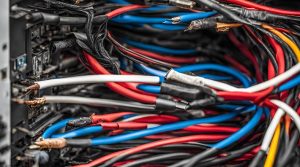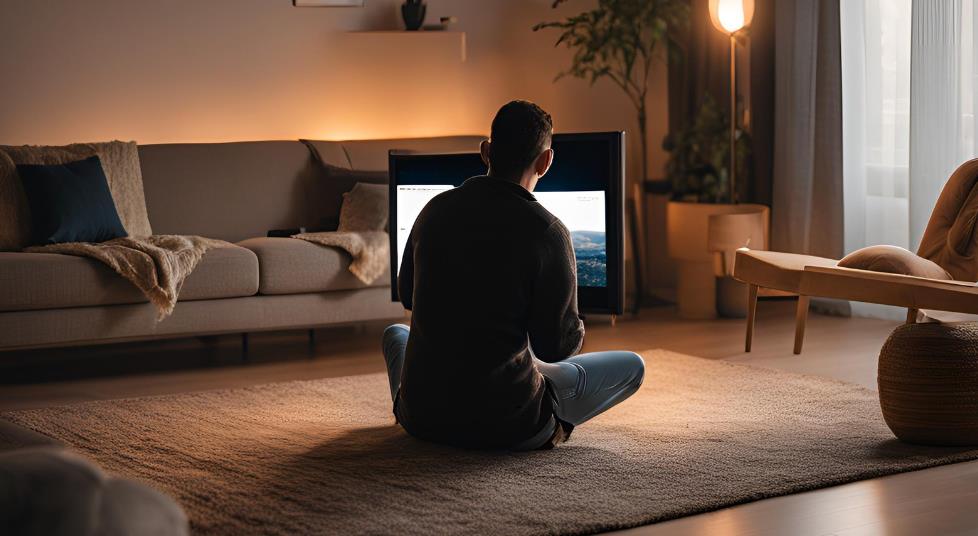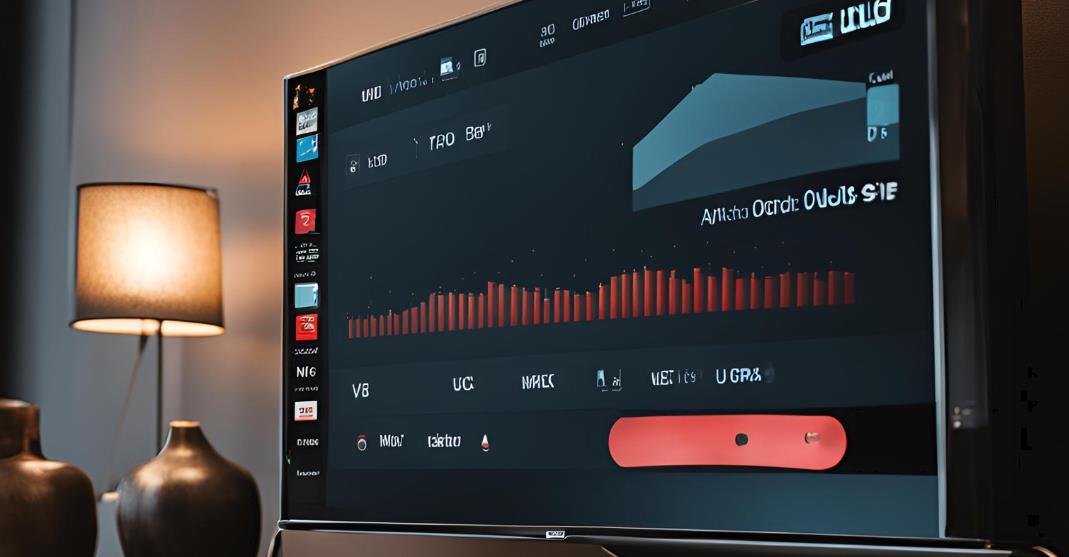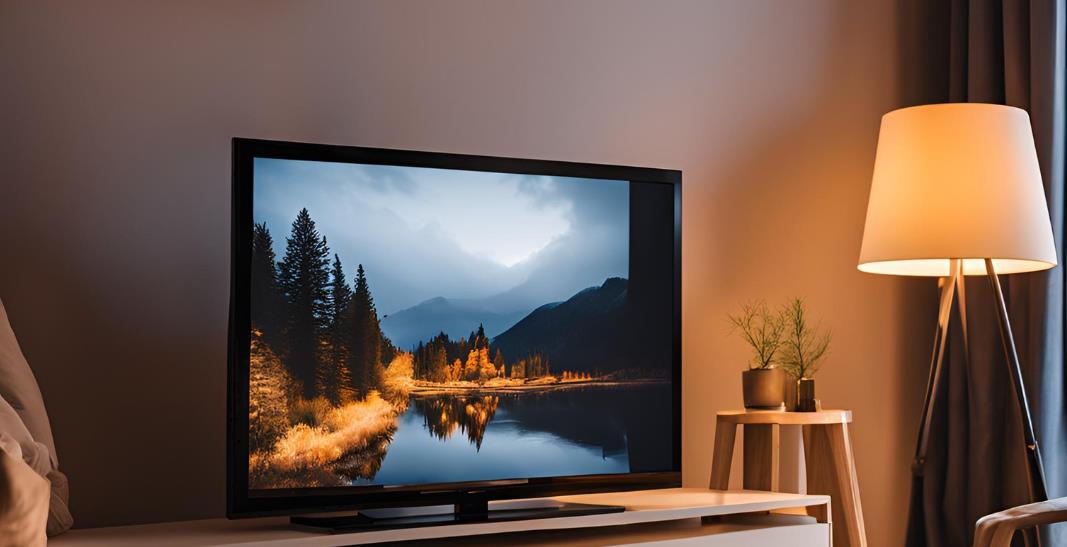If your Insignia TV is flickering, it can disrupt your viewing experience and be quite frustrating. Fortunately, this issue is often fixable with some troubleshooting. Flickering can result from various factors, such as loose cables, outdated firmware, or power supply issues, each of which affects your TV’s performance in different ways. In this blog, let’s explore the common causes of flickering in Insignia TVs, walk through simple troubleshooting steps, and dive into more advanced fixes you can try if the problem persists. Additionally, we’ll share some helpful prevention tips to ensure your TV maintains a steady picture, helping you enjoy a smoother, uninterrupted viewing experience in the future. Whether you’re dealing with occasional flickers or constant disruptions, this blog will help restore your TV to optimal performance.
Common Causes of Insignia TV Flickering
Loose or Damaged Cables

Cables that are loosely connected or damaged, particularly HDMI cables, can interrupt the video signal, causing the screen to flicker or go black intermittently. HDMI cables are essential for transmitting high-definition signals, so any fraying, bends, or poor connections can degrade video quality and result in flickering. Over time, these cables can wear out or become loose, especially if moved frequently, which interrupts the flow of information between your TV and connected devices.
Fix Tip: Carefully inspect the cables, looking for physical damage like fraying, bends, or worn spots. Try using a high-quality, shielded HDMI cable to ensure a solid connection, especially if your current cable shows wear.
Power Source Issues
A stable power source is crucial for maintaining clear TV performance, as power fluctuations from an overloaded outlet or faulty power strip can cause the screen to flicker. An inconsistent power supply may result in intermittent disruptions, creating flickering or even full display blackouts. Testing the TV in a different outlet or plugging it directly into the wall, rather than through a power strip, can help determine if power instability is contributing to the issue.
How to Check: Plug the TV directly into a wall outlet to rule out issues with power strips or surge protectors. If possible, test the TV in a different outlet to see if the problem persists. Ensure that the power outlet is not overloaded with other high-power devices, which could cause voltage drops.
TV Settings
Incorrect TV settings, such as very high brightness, contrast, or advanced features like “Dynamic Contrast,” may result in flickering as the TV continuously adjusts for the display environment. Some settings, designed to enhance picture quality, can inadvertently strain the screen, especially with motion-smoothing features that alter frame rates. Adjusting these settings in the TV’s menu to reduce the strain on your TV’s display can often resolve flickering issues, especially in scenes with high contrast or motion.
How to Check: Access the TV’s menu and navigate to “Picture” settings. Try lowering the brightness and contrast to see if it reduces flickering. Turn off features like motion smoothing or dynamic contrast to determine if they are causing the issue. Adjust settings gradually and test to find the optimal configuration.
Outdated Firmware
Firmware controls the TV’s internal processes, and outdated firmware versions can contain unresolved bugs, causing flickering issues. Manufacturers regularly release updates that fix performance issues and enhance device stability, so if your firmware is outdated, the TV might be missing key software adjustments. Checking the settings menu for updates ensures your TV has the latest bug fixes, which often address problems like flickering and other display glitches.
How to Check: Go to “Settings,” then “Support,” and select “Software Update.” Check if there are any available updates and install them. Keep an eye out for release notes or update descriptions to see if the update addresses display issues or other performance concerns.
External Interference
Nearby electronic devices like routers, phones, or microwaves can emit electromagnetic interference that affects the TV’s display. When these devices are close to the TV, especially those using wireless signals, they can disrupt the signal flow or cause brief interruptions, leading to flickering. Moving such devices away from the TV can reduce interference, keeping the display steady and preventing signal interruptions.
How to Check: Move other electronic devices away from the TV and see if the flickering improves. Make sure that electronic devices emitting strong signals are not positioned near the TV. Additionally, check if the flickering occurs during specific times when certain devices are in use.
How to Fix Insignia TV Flickering Issues?
Troubleshooting Steps for Insignia TV Flickering
Check and Secure Cables

Ensuring all cables are firmly connected can often resolve flickering problems, as loose cables can lead to disrupted signal transmission. Disconnecting and then reconnecting each cable verifies secure connections, and swapping out suspected faulty cables can confirm if the problem lies with cable quality. High-speed HDMI cables, in particular, offer reliable signal transfer for high-definition streaming, minimizing the risk of flickering caused by poor or broken connections.
How to Do It: Disconnect and reconnect each cable to ensure a secure connection. Check both ends of the cables, including those connected to external devices. If you suspect a cable might be faulty, replace it with a new one to see if the flickering stops.
Inspect the Power Source
Providing a steady power source is vital for stable TV performance, as power fluctuations from an overloaded or faulty outlet can cause flickering. Plugging the TV directly into a wall outlet can bypass potential issues with power strips, and testing it in different outlets can determine if the source is causing instability. Overloaded outlets, especially those with multiple high-powered devices, may also result in voltage drops that lead to screen flickering.
How to Do It: Test the TV in a different outlet to check if the current outlet is causing the issue. Avoid using power strips with multiple devices connected, as this can lead to power fluctuations. If the flickering is resolved by changing outlets, the issue may be with the original power source.
Adjust TV Settings

Tweaking your TV settings, especially contrast, brightness, and motion-smoothing features, can reduce flickering by relieving strain on the display. Accessing the TV’s “Picture” settings to gradually adjust brightness and contrast can help identify an optimal setup that minimizes flicker. Disabling motion-smoothing or dynamic contrast options is also useful, as these settings often contribute to flickering by making frequent adjustments to video playback.
How to Do It: Go to “Settings,” then “Picture,” and adjust the brightness and contrast. Disable motion enhancement or dynamic contrast features to see if they are contributing to the flickering. Experiment with different settings and observe their impact on the flickering.
Update Firmware
Firmware updates can resolve software-related issues that cause flickering. Manufacturers often release updates to fix bugs and improve performance.
How to Do It: Access the TV’s “Settings,” go to “Support,” and select “Software Update.” Check for updates and install them if available. Follow any additional instructions provided during the update process to ensure it completes successfully.
Perform a Factory Reset
A factory reset can clear software glitches or incorrect settings that might be causing flickering, restoring the TV to its original state. While this process will erase all customized settings, it can resolve persistent issues that are not fixed by other methods. After performing the reset, you can reconfigure your settings and preferences, helping to determine if any customized settings were contributing to the flickering.
How to Do It: Navigate to “Settings,” then “System,” and select “Reset.” Follow the on-screen prompts to perform the reset. After the reset, you’ll need to reconfigure your TV settings and preferences.
Advanced Troubleshooting for Persistent Flickering
Inspect for External Interference

Relocating electronic devices that emit strong signals, like routers or cordless phones, can help resolve flickering caused by electromagnetic interference. These devices can disrupt the TV’s internal signal processing, particularly when placed nearby. Testing the TV by turning off nearby devices or moving it to a different room can help identify interference as the root cause, enabling you to prevent it by rearranging your setup.
How to Do It: Relocate electronic devices away from the TV and see if the flickering improves. Use a different power outlet or try moving devices that might be causing interference to a different area. Ensure that the TV’s remote control and other accessories are functioning correctly.
Check for Hardware Issues
Persistent flickering may suggest a hardware problem, such as a failing backlight or display panel, which would require professional attention. Visual signs like lines, color distortions, or uneven lighting can indicate internal damage, which cannot typically be fixed through basic troubleshooting. In such cases, consulting a technician or the manufacturer’s support team can help diagnose and repair hardware-related flickering issues effectively.
How to Do It: Look for visible signs of damage on the TV screen or backlight. If you notice unusual patterns, horizontal lines in Tv or color distortions, the issue might be hardware-related. Contact a professional technician to perform a thorough inspection and repair.
Consult Insignia Support

When basic troubleshooting fails to resolve flickering, contacting Insignia Support can provide specialized assistance, as the team can help determine if the issue is repairable or if a replacement is necessary. Providing Insignia Support with detailed information about your troubleshooting steps can streamline the assistance process, ensuring they can offer tailored advice based on the persistence and symptoms of your flickering issue.
How to Do It: Reach out to Insignia customer support through their website or phone line. Provide detailed information about the flickering issue and the steps you’ve already taken. Follow their guidance for further troubleshooting or repair options.
Preventing Insignia TV Flickering Issues
Regularly Update Firmware
Firmware updates are essential for preventing flickering caused by software bugs or stability issues, as updates provide improvements and bug fixes. Regular checks for updates in the “Support” menu can keep your TV’s performance optimized, as updates are released specifically to improve stability and functionality. Installing updates as they become available ensures your TV operates smoothly and without unnecessary display disruptions.
How to Do It: Check for firmware updates periodically by accessing the “Settings” menu, selecting “Support,” and then “Software Update.” Install any available updates for your TV model to keep it running smoothly.
Proper Cable Management
Organized and well-maintained cables reduce the risk of loose connections and interference, which can contribute to flickering. Using cable ties to prevent cables from bending or fraying and investing in high-quality HDMI cables can help maintain a stable connection. Ensuring cables are in good condition and properly secured minimizes the chance of signal interruptions that might lead to flickering.
How to Do It: Use cable management tools to keep cables organized and avoid stress on connectors. Invest in high-quality, shielded cables to reduce the risk of flickering caused by poor signal quality.
Avoid External Interference
Reducing the presence of devices that can cause electromagnetic interference helps maintain a stable display. Interference can disrupt signal processing and lead to flickering. By maintaining distance between these devices and your TV, you reduce the likelihood of display disruptions. Moving high-signal devices to different areas can help maintain your TV’s signal processing stability, which in turn improves picture quality and reduces flickering.
How to Do It: Keep devices that emit strong signals, such as wireless routers and microwaves, away from the TV. Ensure that the area around the TV is free from potential sources of interference.
Adjust Settings Regularly
Regularly reviewing and optimizing your TV’s brightness, contrast, and other settings helps prevent flickering by ensuring the display is configured for your specific viewing environment. Adjusting settings based on the type of content you’re watching and the lighting conditions in your room can enhance picture quality while reducing strain on the display, maintaining an uninterrupted viewing experience.
How to Do It: Regularly check and fine-tune picture settings according to your viewing preferences and room conditions. Adjust settings such as brightness, contrast, and motion enhancements to suit your current viewing scenario.
FAQs on Insignia TV Flickering
Why is my Insignia TV flickering intermittently?
Flickering can be caused by several factors, including loose or damaged cables, power source issues, incorrect settings, outdated firmware, or external interference. Verify each potential cause to identify the source of the problem.
How do I know if my TV’s firmware is outdated?
You can check for firmware updates by navigating to “Settings,” then “Support,” and selecting “Software Update” on your TV. The TV will inform you if an update is available and guide you through the installation process.
Can a factory reset fix flickering issues?
Yes, a factory reset can resolve flickering issues caused by software glitches or incorrect settings. However, this will erase all custom settings and preferences, so be prepared to set up your TV again.
What should I do if my TV is still flickering after trying all troubleshooting steps?
If the flickering continues despite troubleshooting, it may be due to a hardware issue or external interference. Contact Insignia customer support for professional assistance or consider having a technician inspect the TV for potential repairs.
How can I prevent flickering issues in the future?
Prevent flickering by regularly updating your TV’s firmware, managing and securing cables properly, reducing external interference, and adjusting settings as needed. Regular maintenance and monitoring can help maintain optimal performance.



